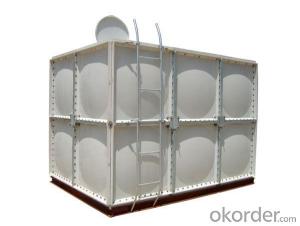Multilayer Composite Pipe: The Multifaceted Reinforcement
Ah, the humble multilayer composite pipe. It’s not just a piece of engineering marvel, but a testament to human ingenuity and creativity. Let’s dive into the fascinating world of these pipes and explore their multifaceted reinforcement, shall we?
The Heart of Reinforcement: Core Materials
The core of a multilayer composite pipe is its heart, the central material that gives it strength and purpose. This could be anything from high-grade steel to advanced polymers, depending on the application. The choice of core material is crucial, as it determines the pipe’s durability, flexibility, and resistance to various environmental factors. It’s like choosing the right engine for a car – it’s got to be powerful, reliable, and efficient.
The Protective Armor: Outer Layers
Just as a knight in shining armor protects the king, the outer layers of a multilayer composite pipe protect the core material. These layers are designed to shield the pipe from external threats such as corrosion, abrasion, and impact. They can be made from a variety of materials, including fiberglass, carbon fiber, or even aramid fibers. The selection of these materials is an art in itself, as it requires a deep understanding of the specific needs of the application and the environment in which the pipe will operate.
The Glue that Holds it All Together: Adhesives
What binds the layers of a multilayer composite pipe together? Adhesives, of course! These are the unsung heroes that ensure the structural integrity of the pipe. They are carefully chosen to provide a strong bond between the layers, ensuring that the pipe can withstand the rigors of its intended use. The adhesives must be compatible with the materials they are bonding and must be able to withstand the same environmental conditions as the pipe itself.
The Art of Fabrication: Manufacturing Techniques
The fabrication of multilayer composite pipes is an art form, combining precision engineering with creative problem-solving. There are several methods used in the manufacturing process, including filament winding, braiding, and pultrusion. Each method has its own advantages and is chosen based on the specific requirements of the pipe. The process involves laying down the core material, applying the adhesive, and then wrapping the outer layers in a precise and controlled manner. It’s like crafting a masterpiece, where each layer contributes to the overall strength and functionality of the pipe.
The Versatility of Application: Where They Shine
Multilayer composite pipes are not one-trick ponies. They are versatile and can be found in a wide range of applications, from the oil and gas industry to the transportation of water and chemicals. Their ability to be tailored to specific needs makes them a popular choice for industries looking for a reliable and durable solution. Whether it’s withstanding high pressures, resisting corrosion, or simply providing a lightweight alternative to traditional pipes, these composite pipes are up to the task.
The Future of Reinforcement: Innovation and Advancements
The world of multilayer composite pipes is constantly evolving, with new materials and manufacturing techniques being developed to push the boundaries of what’s possible. Innovations in nanotechnology, for example, are opening up new avenues for enhancing the properties of these pipes. As we look to the future, we can expect to see even more impressive feats of engineering and design, making these pipes an even more integral part of our lives.
In conclusion, multilayer composite pipes are a remarkable example of human ingenuity at work. From their core materials to the outer layers, adhesives, and manufacturing techniques, every aspect of these pipes is carefully considered and designed to provide the best possible performance. As we continue to innovate and push the limits of what’s possible, the future looks bright for these multifaceted reinforcements.

